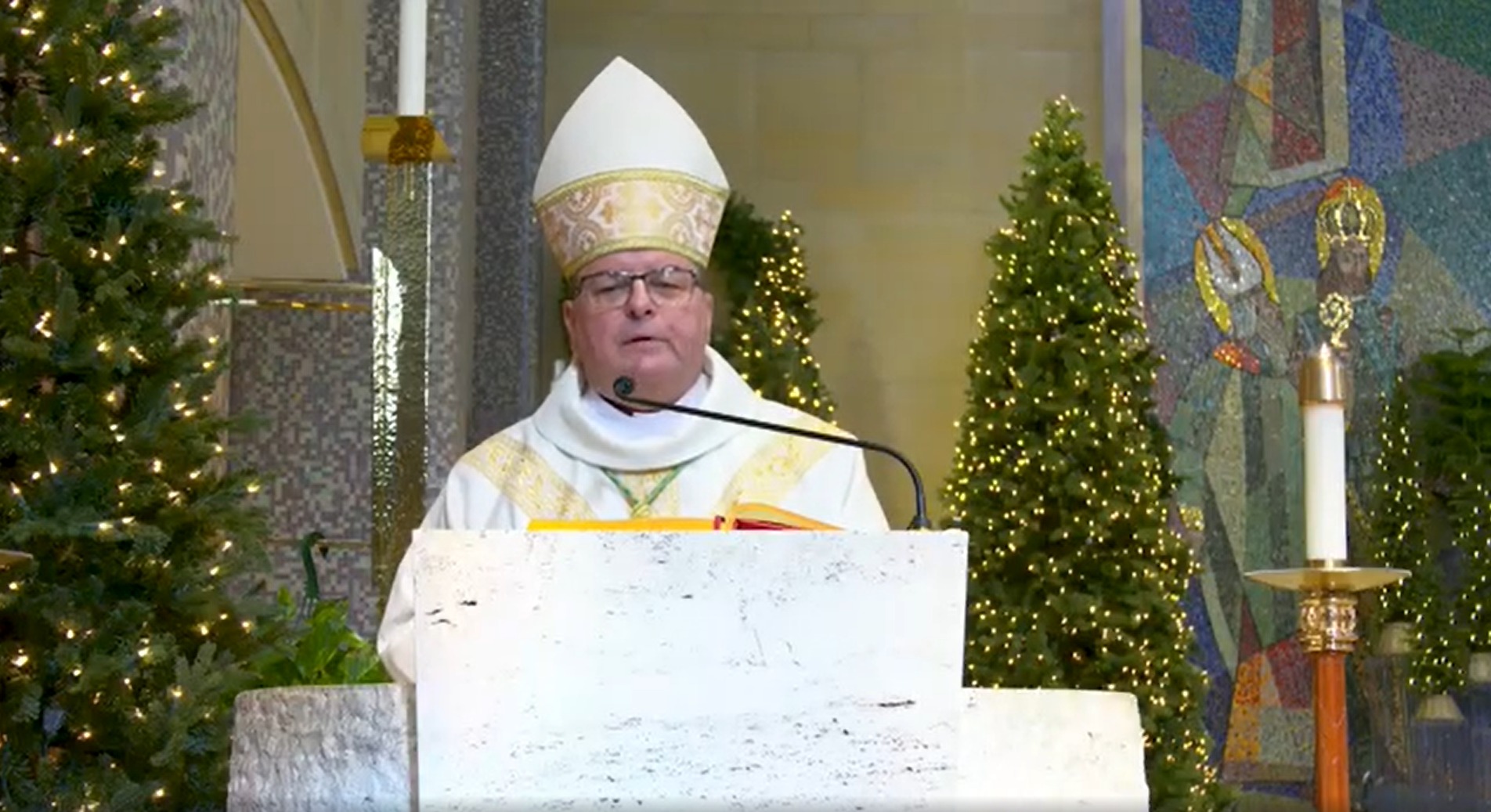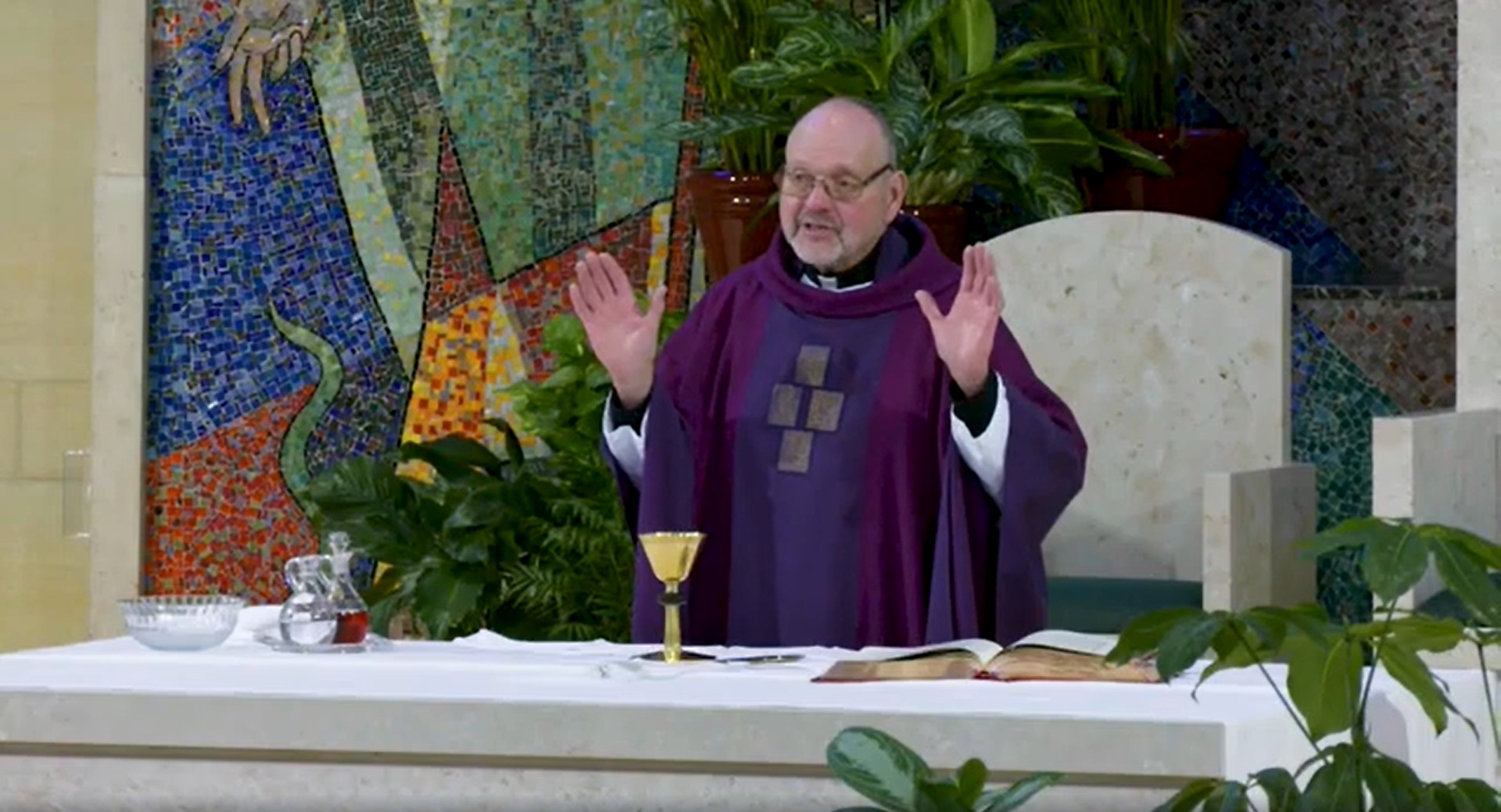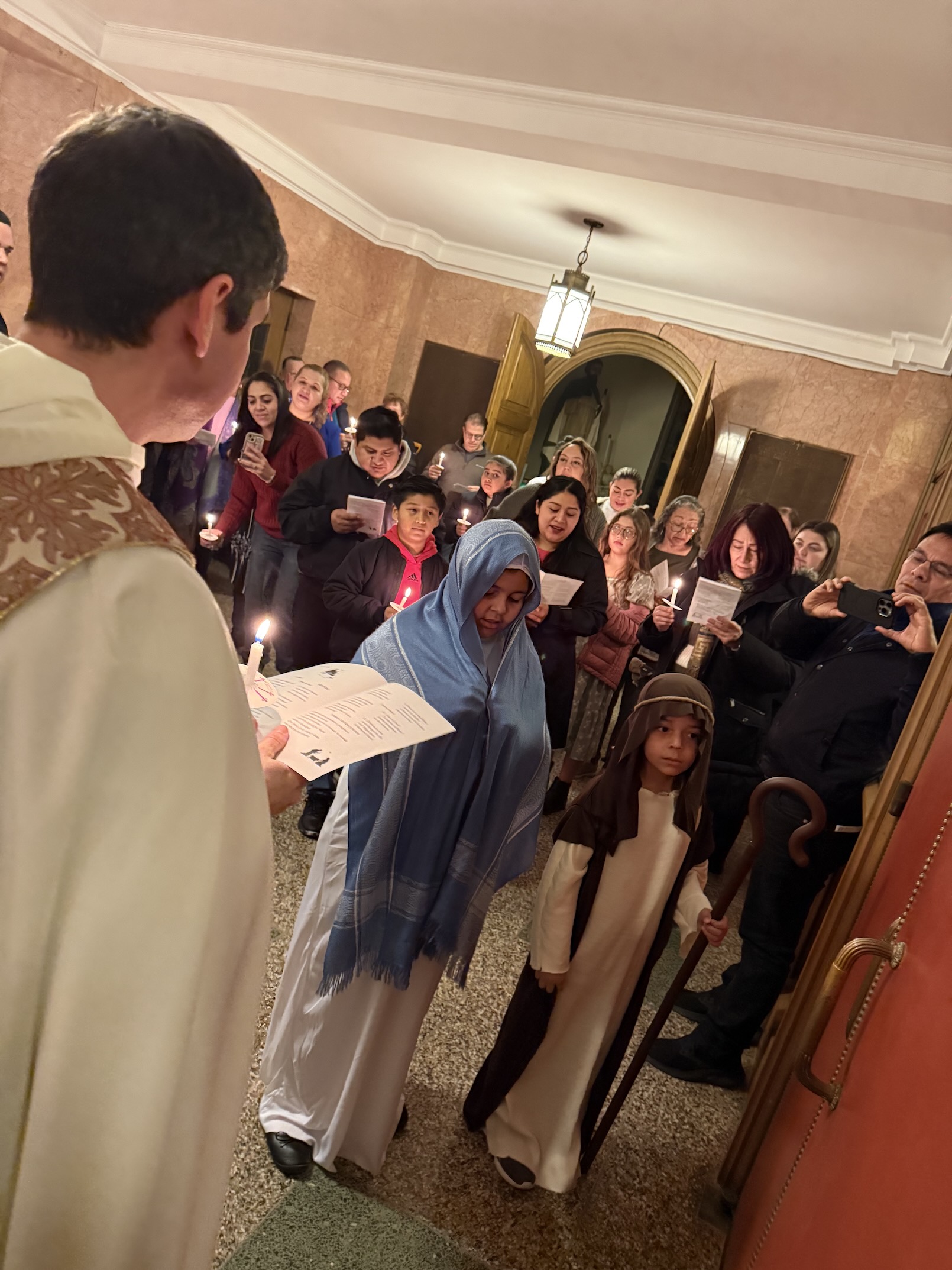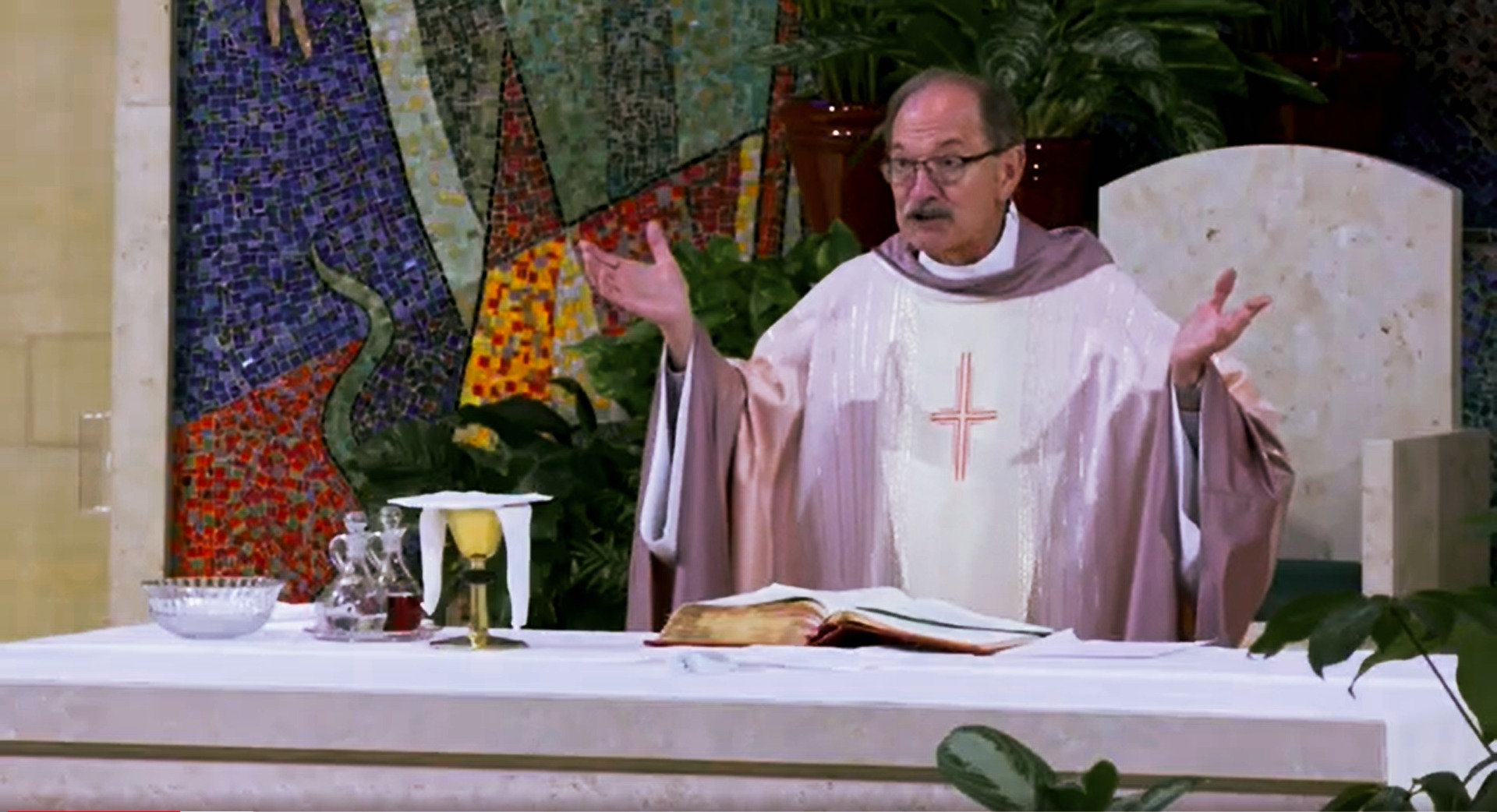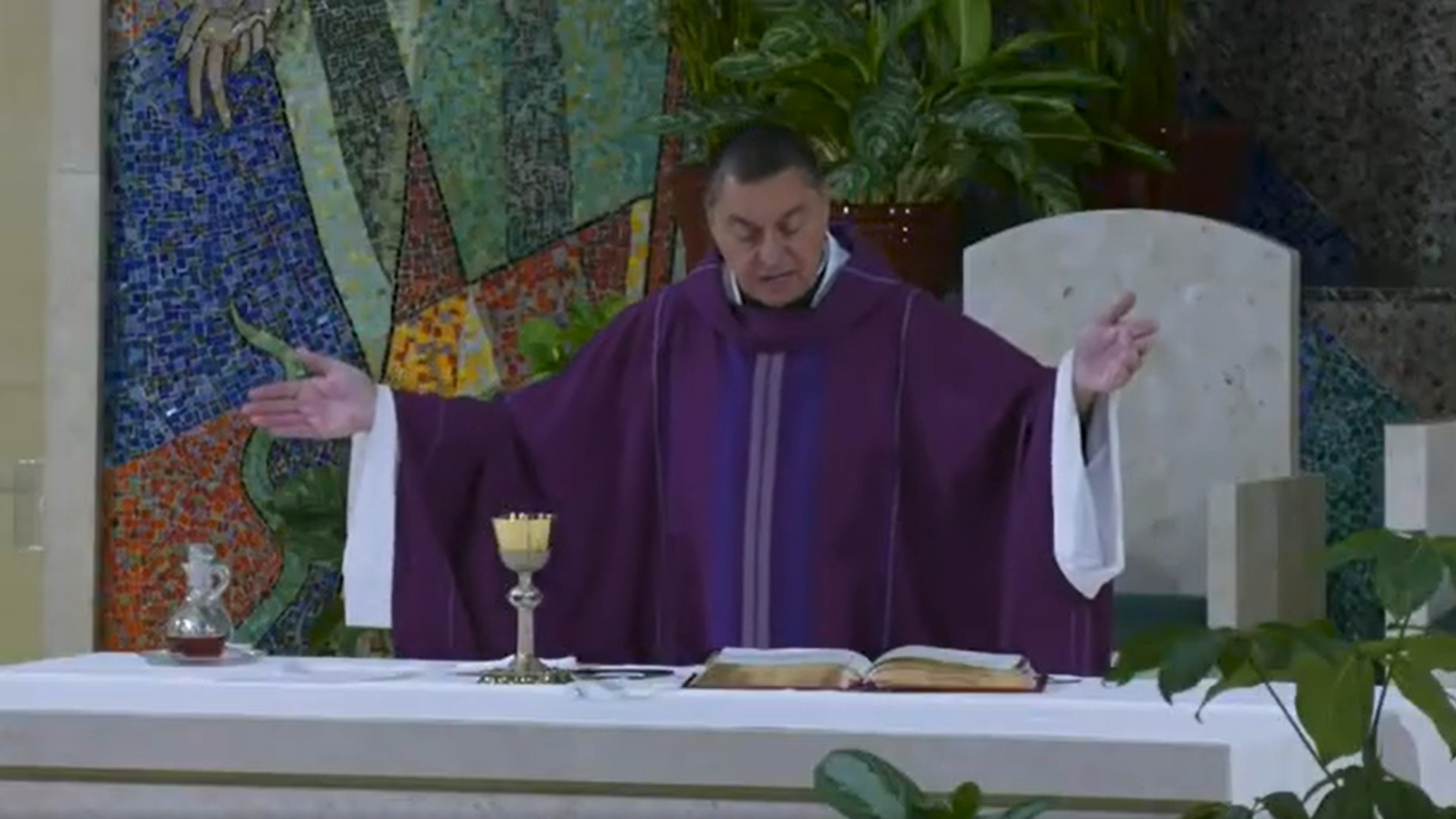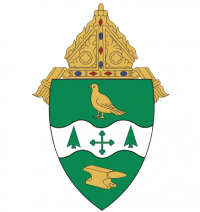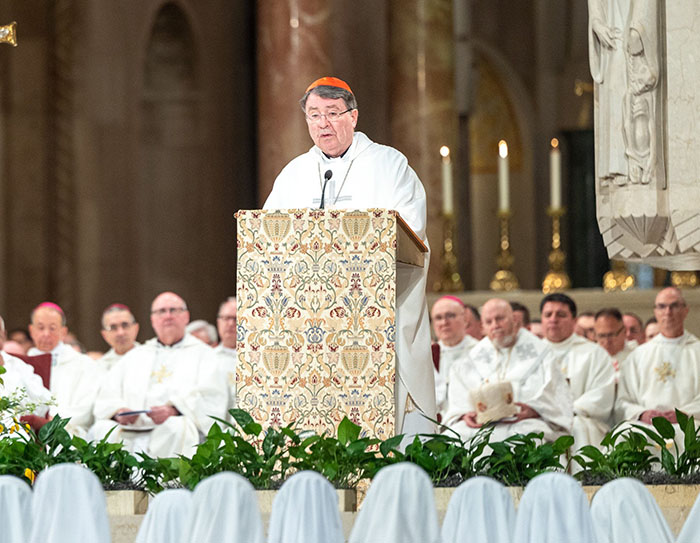
So Father John Keehner has been chosen as the new Bishop of Sioux City, Iowa. The Diocese of Youngstown is proud that one of our very own priests will step into this sacred responsibility, and though we’re sad to see him leave, we wish him all the best in this new journey.
But how did he wind up being chosen for this role?
As you may expect, the Vatican’s process for choosing a Bishop is arcane, esoteric and very deliberate.
Though the decision ultimately lies with the Pope himself, perhaps the most influential figure in the appointment of a bishop is the Apostolic Nuncio, the Pope’s ambassador to a country. The Apostolic Nuncio serves as a filter or “gatekeeper” and decides which names are presented to the Dicastery of Bishops and the Pope. His recommendations are taken very seriously, but they are not determinative.
The nuncio reviews a list of potential candidates and considers multiple factors to determine the suitability of each candidate
before presenting his recommendation to the Congregation. For example, the nuncio will request a report from the diocese that requires a Bishop’s input about their particular needs, to help inform his assessment of the candidates.
From there, the nuncio will consult with previous Bishops of that diocese (if they are still alive), other individuals in the diocese, and with Bishops from other dioceses within the province—a region of multiple dioceses presided over by an Archbishop—as well as the President and Vice President of the United States Conference of Catholic Bishops (USCCB).
Once these consultations have taken place, the nuncio narrows his list of candidates and sends a questionnaire to upwards of 20 people who know the candidate. The responses are collected and reviewed by the nuncio, who then forms a report—called the terna—with three candidates listed in alphabetical order and the nuncio’s personal preference indicated. Once the terna is formed, the decision goes to the Dicastery for Bishops in Rome.
But where does the Apostolic Nuncio receive his list of candidates from?
The initial list is compiled at the provincial level. A province’s Archbishop receives a list of names from his Bishops on who they believe would make good candidates for their own bishopric. Unlike the terna, which is always three candidates, this list will vary in length. These diocesan recommendations are discussed and voted on by all the province’s Bishops at their annual province meeting. The vote tally and the meeting minutes are forwarded from the Archbishop to the nuncio as well as the USCCB in the event that a bishopric is vacated in that year.
Back to the terna, when the Dicastery for Bishops receives the nuncio’s recommendations, they first must be approved by the Dicastery’s prefect. The prefect is akin to an administrator for the Dicastery—not the leader per se, but he condenses the reports on each candidate in the terna and distributes the summary to the entire Dicastery, which consists of Bishops and Cardinals from all over the world.
The Dicastery typically meets twice a month to discuss the appointments of new Bishops. Again, the nuncio’s preference is given significant weight, but the Dicastery has full freedom to choose another priest from the terna or even ask that an entirely new terna be made.
Once the Dicastery’s votes are tallied, the terna (which may or may not have a new top candidate) is presented to the Pope by the prefect.
The Pope has the same options as the Dicastery at this stage—approve the recommended candidate, choose one of the other priests in the terna or request a new terna—but he has another option that is reserved only for his authority: he can technically choose his own candidate. This is extremely rare, however.
The Pope’s decision usually takes a few days. Once it is made, the Dicastery is notified, who informs the nuncio, who informs the candidate. At this stage, a candidate is given the option to accept the appointment. He can refuse, but this is quite rare and must be for a very good reason. When it does happen, it is typically because of emergent health problems that the priest in question feels would limit his ability to serve as a Bishop.
For example, Cardinal Marc Ouellet, who served as prefect of the Dicastery for Bishops from 2010 to 2023, said that during his tenure he’d “seen the number of priests who do not accept the episcopal appointment increase from 1 in 10 to about 3 in 10,” and explained that there is a perception that the role of a Bishop is so important and so challenging that “several candidates do not feel up to the task.”
This goes to show just how critical a Bishop can be to a diocese. Bishops must be not only strong liturgical leaders, but also skilled communicators and administrators—and if you have read the rest of this magazine, you have probably already realized that the process yielded exemplary results in Bishop-elect Keehner. May God bless him as he takes on this new role!






